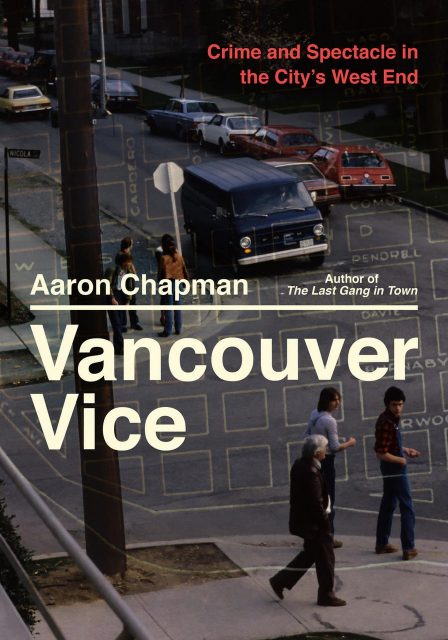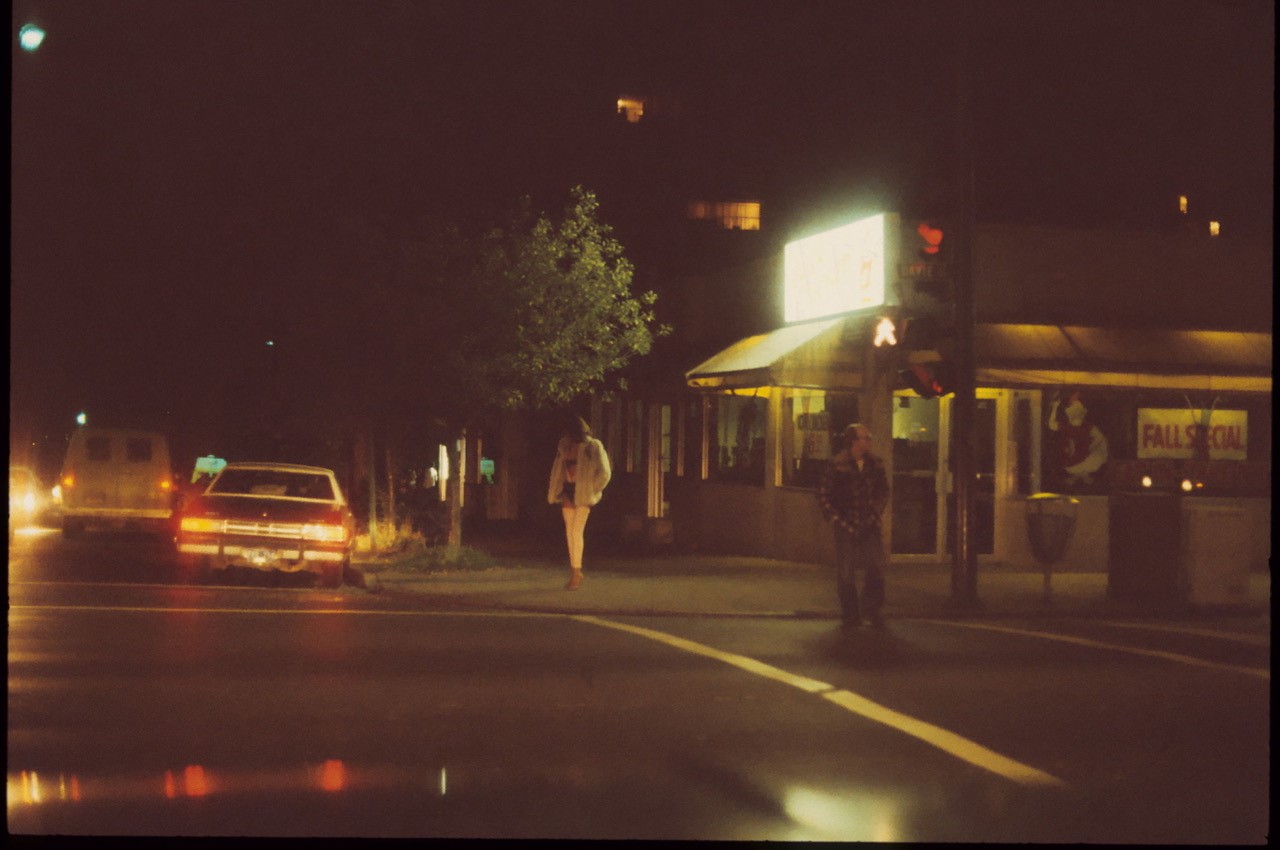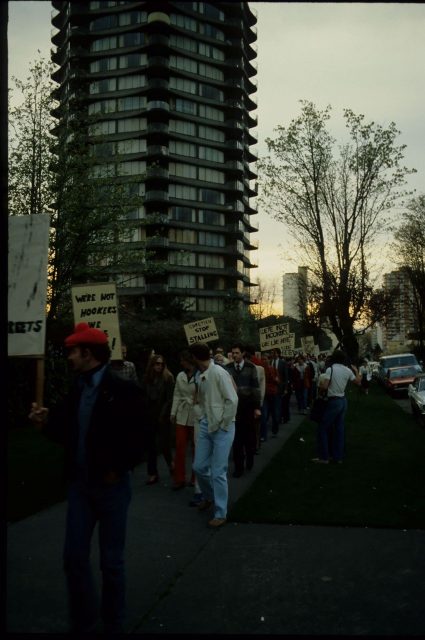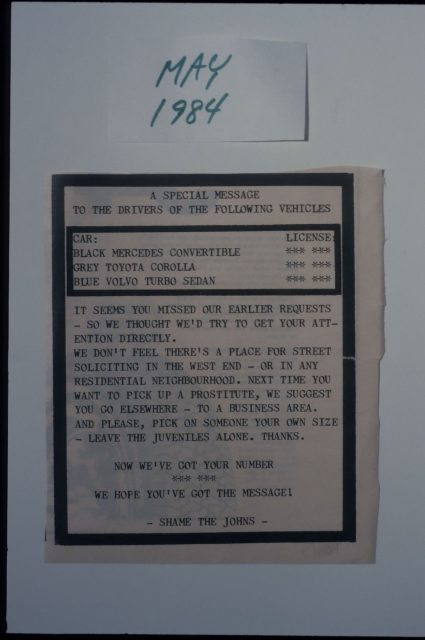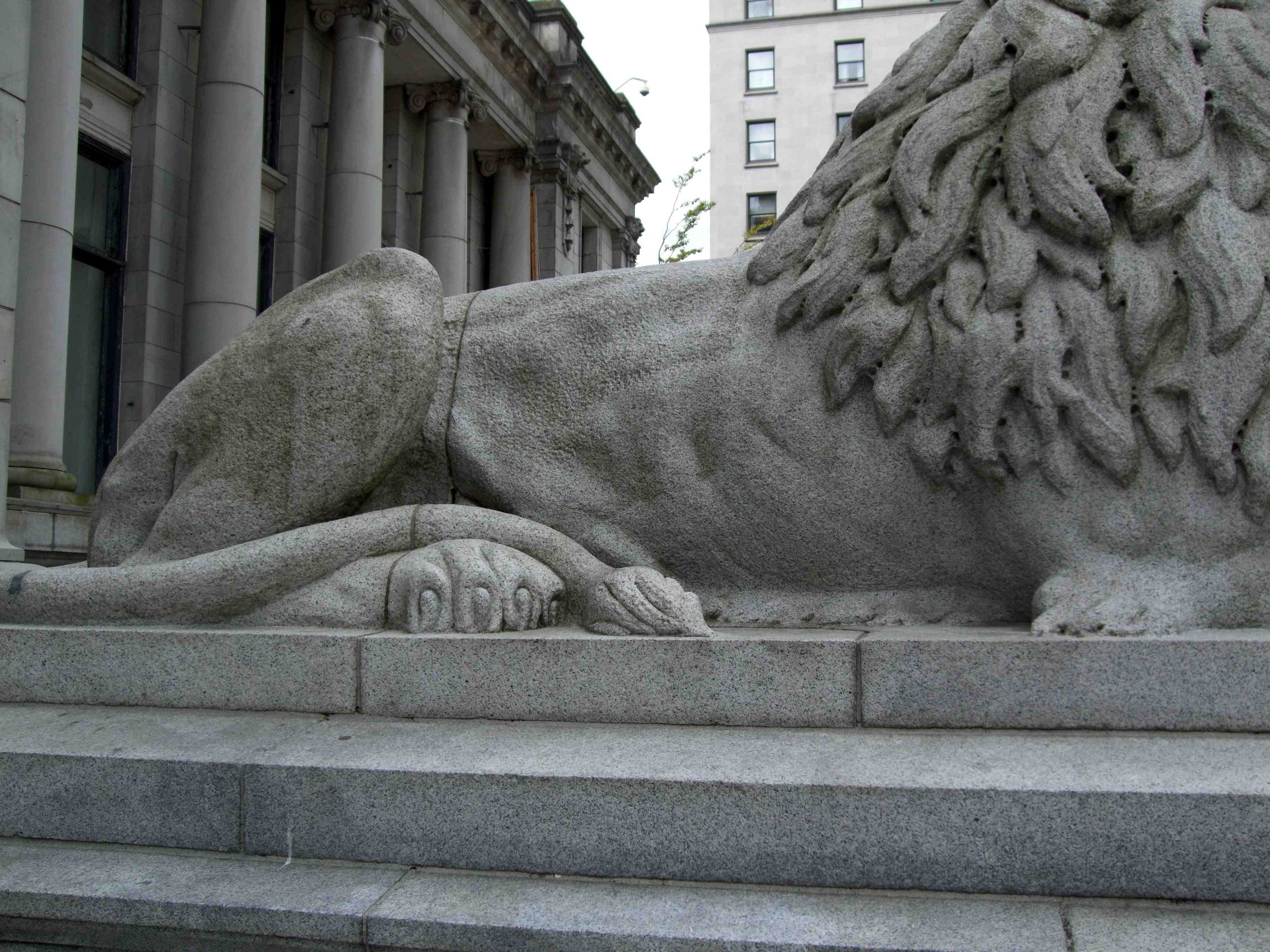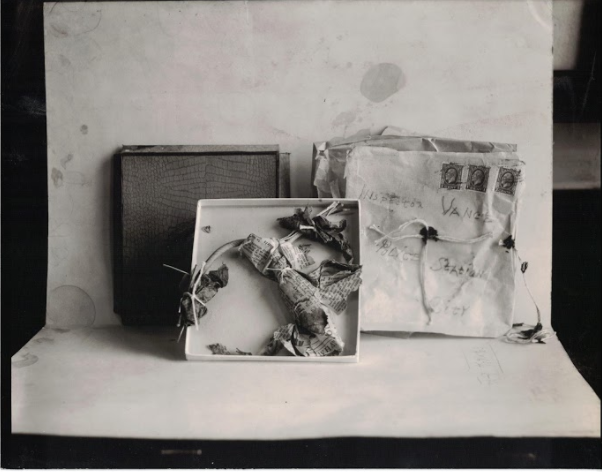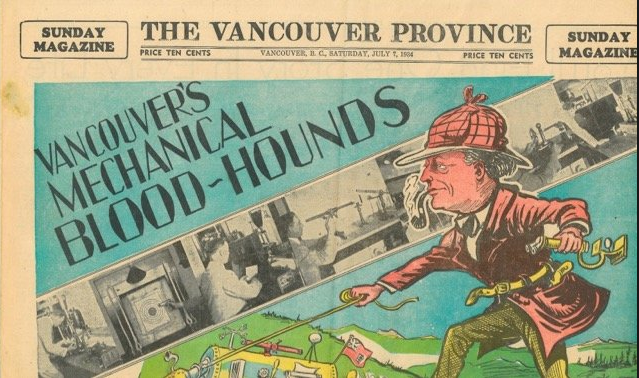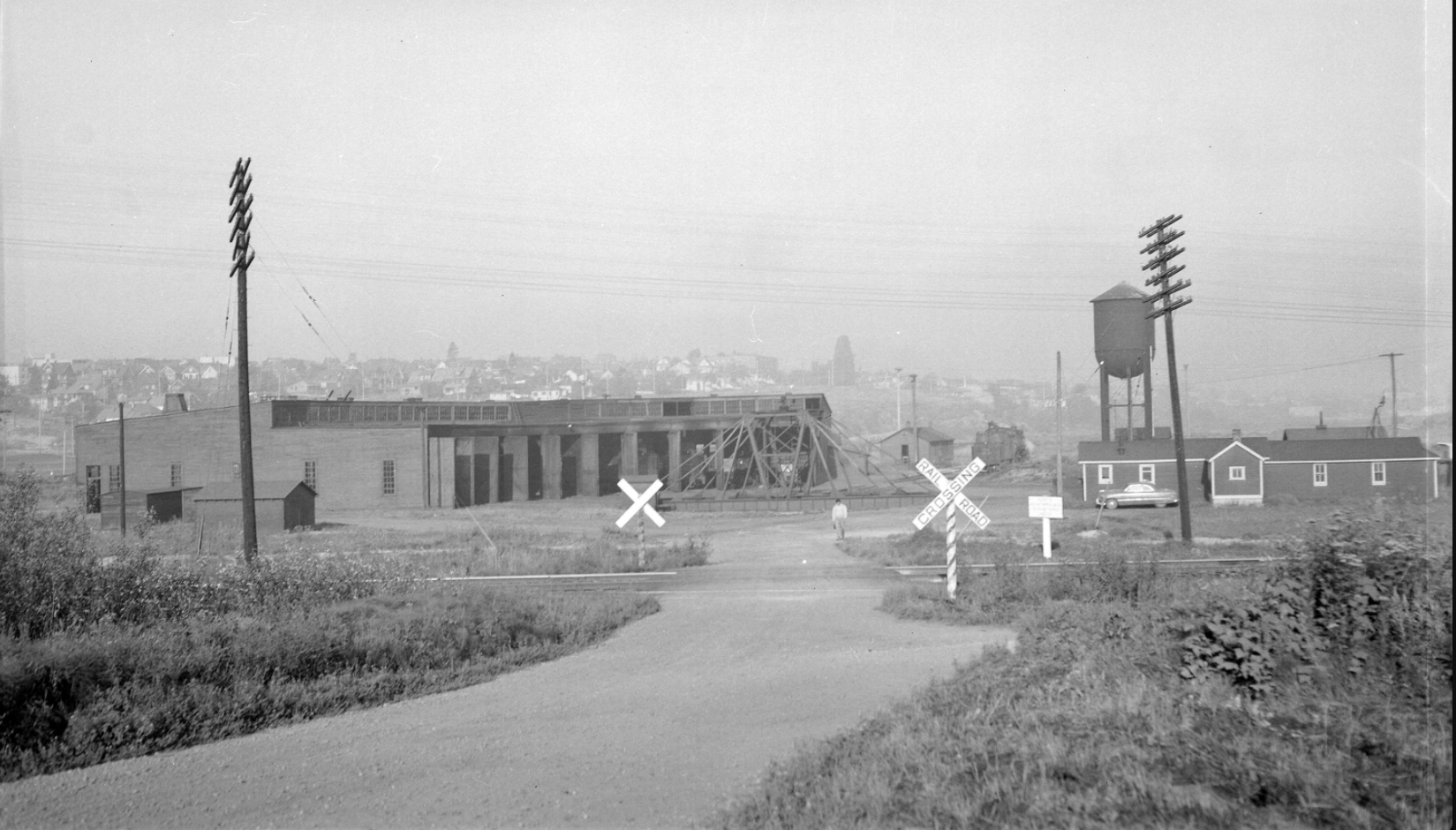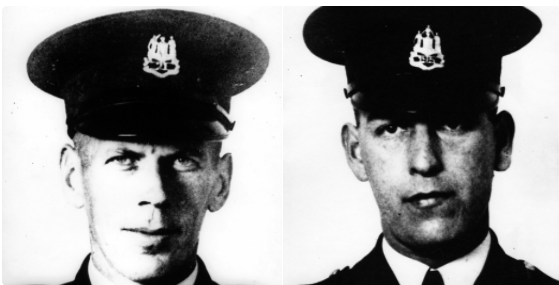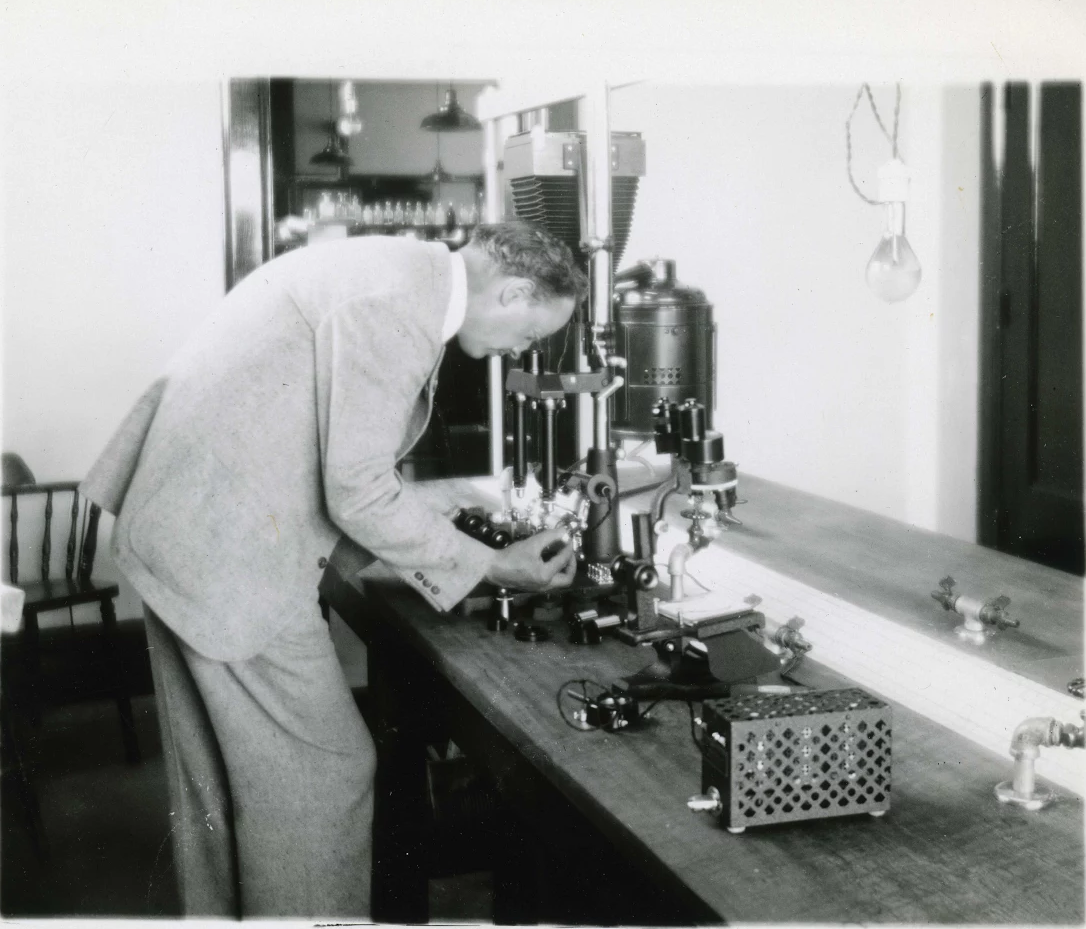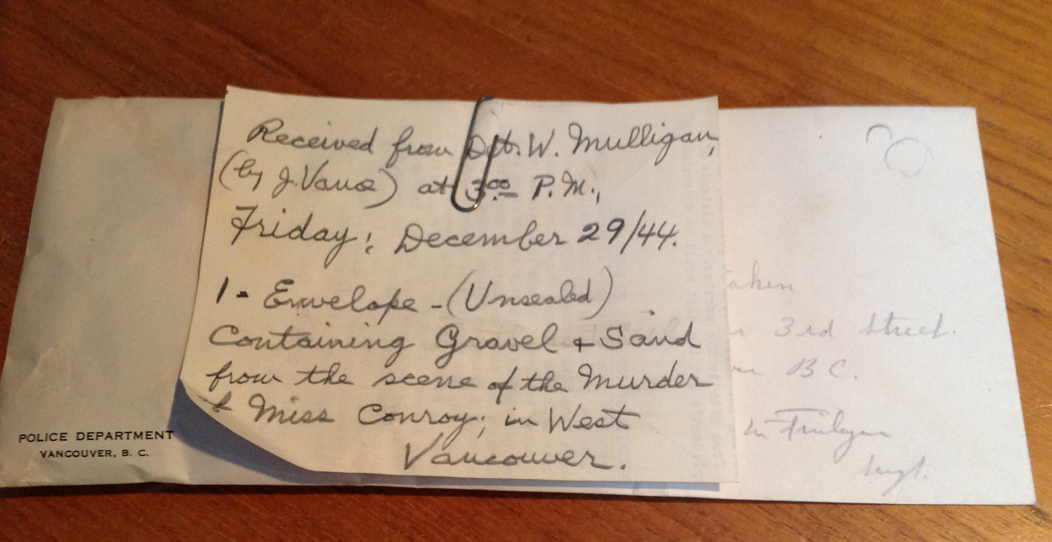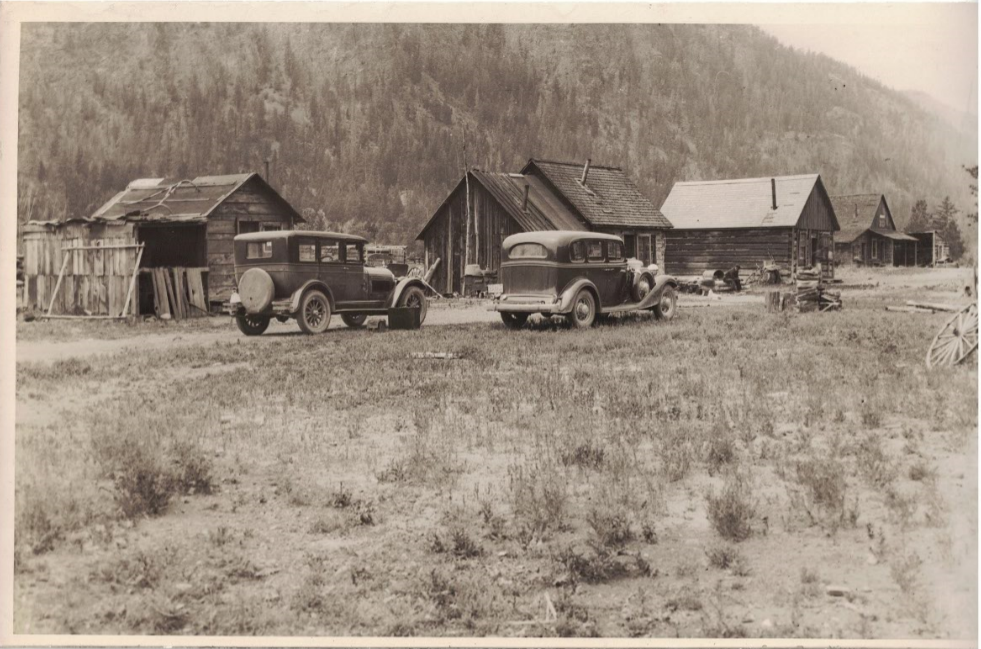They called themselves the terrible three. Three dirty Vancouver cops who met during training in the notorious “Class of 1956.”
This story is from Cold Case BC: The stories behind the province’s most sensational murder and missing person cases
Constable Leonard Hogue was one of three rogue cops who supplemented their police paychecks through an escalating series of robberies. It started small. He and partner Joe Percival used their inside knowledge to commit a series of B&Es. But when David Harrison came onboard, they quickly escalated to bigger payoffs. They robbed a Hunter’s Sporting Goods on Kingsway and their haul included 14 guns and ski masks which they put to use in bank robberies.
The first job at the CIBC on Kingsway in Burnaby went off without a hitch, and they escaped with $106,000. In 1964 they knocked over the Simpson Sears on Kingsway. The following January they robbed the Bank of Nova Scotia at Dunbar and West 41st Avenue.
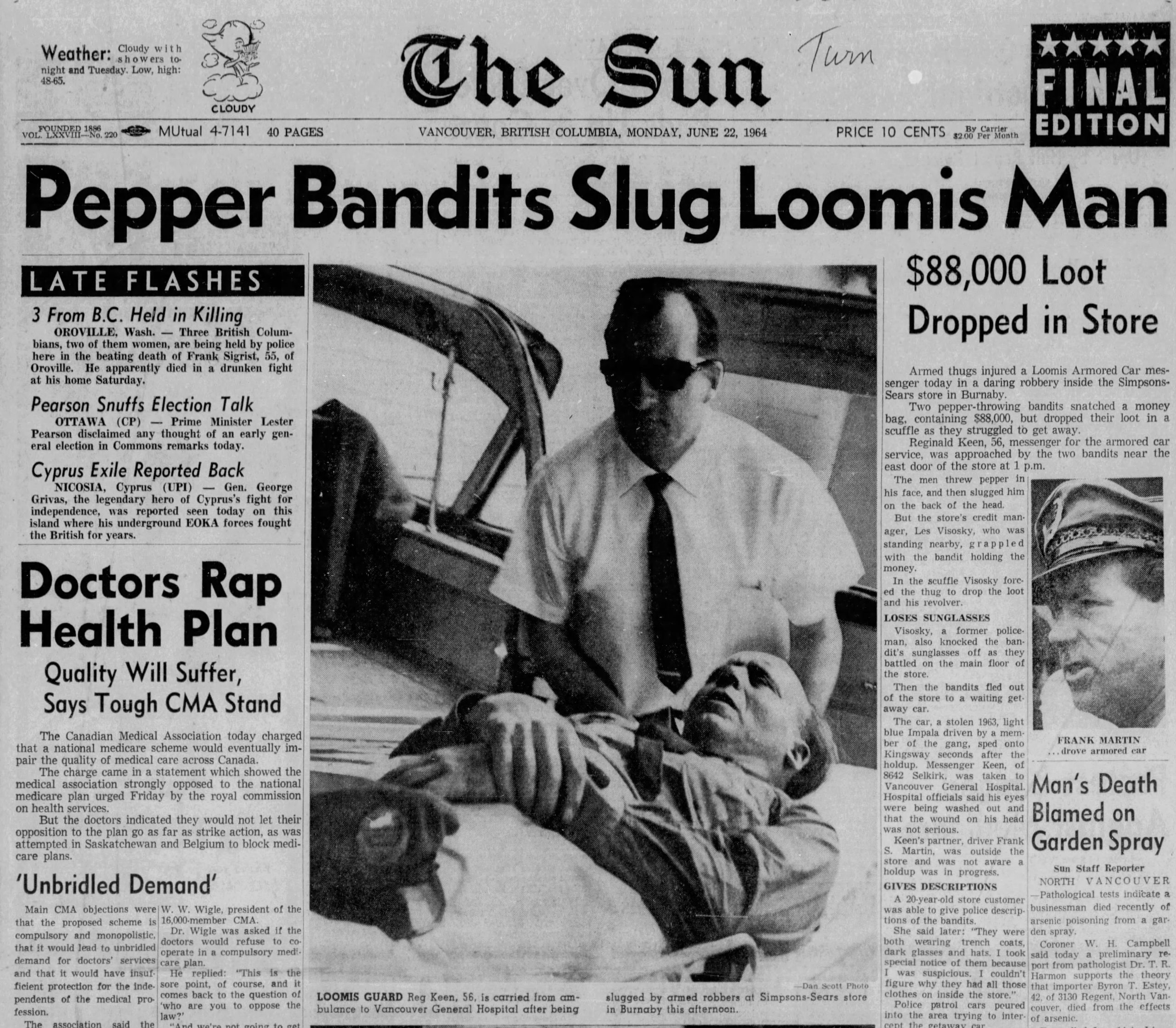
Things started to get really interesting early in 1965 when the gang learned of a $1.2 million shipment of cash scheduled to arrive at the CPR Merchandise service on West Pender Street. The cash was old money taken out of circulation by the banks and on its way to the mint in Ottawa to be destroyed. The robbery was perfectly planned and executed and they had pulled off the biggest heist in Vancouver’s history.

What they didn’t know was that the $1.2 million in cash (about $9.5 million in today’s dollars) had been drilled with three large holes and was virtually worthless. Retired CKNW investigative reporter George Garrett, dubbed it the Holey Money case.
Next: When Cops were Murderers – Part 2 – Episode 29
Show notes:
Sponsors: Forbidden Vancouver Walking Tours and Erin Hakin Jewellery
Music: Andreas Schuld ‘Waiting for You’
Intro and voice over: Mark Dunn
Interviews: George Garrett (CKNW reporter, retired); Leon Bourque, (retired VPD detective)
Buy me a coffee promo: McBride Communications and Media
Source: Cold Case BC: The stories behind the province’s most sensational murder and missing person cases


